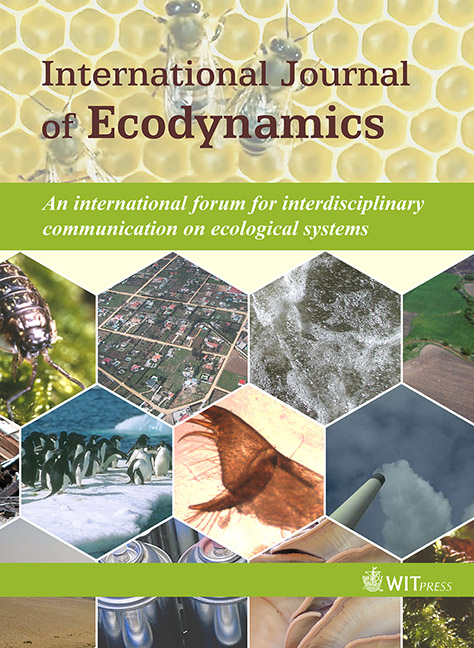An exploration of the mathematics behind the ecological footprint
Price
Free (open access)
Volume
Volume 2 (2007), Issue 4
Pages
7
Page Range
250 - 257
Paper DOI
10.2495/ECO-V2-N4-250-257
Copyright
WIT Press
Author(s)
A. Galli, J. Kitzes, P. Wermer, M. Wackernagel, V. Niccolucci, E. Tiezzi
Abstract
Introduced in the early 1990s, the ecological footprint has become a well-known and widespread environmental accounting tool. It measures human demand on nature and compares this to the availability of regenerative capacity on the planet. The method expresses human demand in terms of global hectares – i.e. biologically productive hectares with world-average productivity necessary for resource production and waste assimilation. Almost 15 years of research application and methodological advancements have made the ecological footprint an increasingly robust theoretical framework, and it continues to be refined. This article documents the most updated footprint methodology and focuses on the mathematics that supports footprint and biocapacity accounts, as well as its underlying factors such as equivalence and yield factors. To clarify the meaning and the usefulness of footprint and biocapacity reported in terms of global hectares, an in-depth description of the units of measure is presented. Finally, the different research questions that emerge when reporting data in nation-specific hectares as opposed to global hectares are investigated.
Keywords
actual hectares, biocapacity, ecological footprint, equivalence factors, global hectares, method, yield factors




